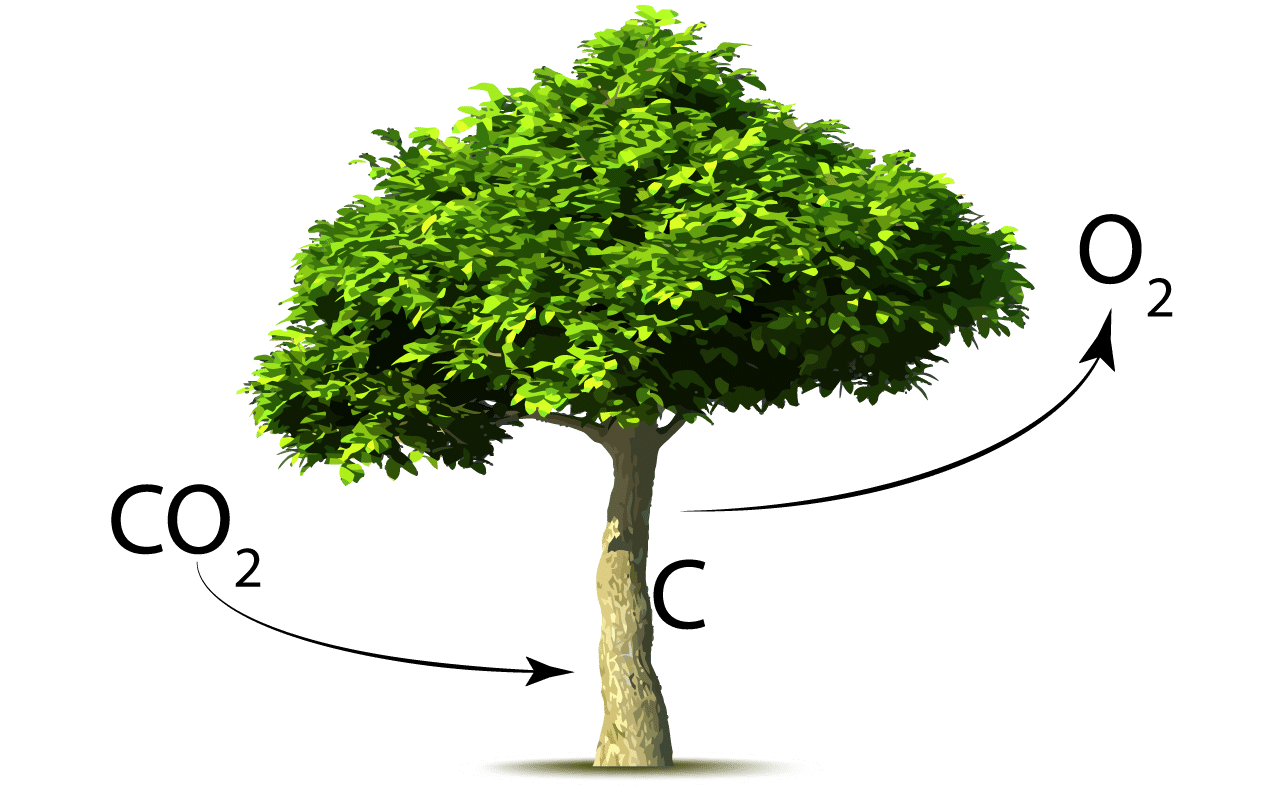763
During photosynthesis, a tree absorbs CO2 and then releases oxygen into the environment. The amount of CO2 absorbed depends on many factors.
This is how much CO2 a tree takes up
Most people are aware that trees can store and utilise CO2. For this reason, they are also often proposed as a solution for excess CO2. However, many people lack a concrete idea of how much CO2 a tree can really absorb.
- It is not easy to state the amount of CO2 absorbed. This is because it depends on factors such as soil conditions, nutrient supply and also the age of the tree.
- If the beech tree is taken as an example, it stores around 12.5 kilograms of CO2 over the course of a year. So for one tonne of stored CO2, about 80 trees would have to be planted.
- However, young and recently planted trees can store less CO2 than large and older trees. These figures therefore apply to an older tree.
- On average, it takes about 80 years for a single tree to store one tonne of CO2.
- By the way, on average beech trees are the front runners as far as CO2 absorption is concerned. Beech is followed by oak, pine and then spruce.
